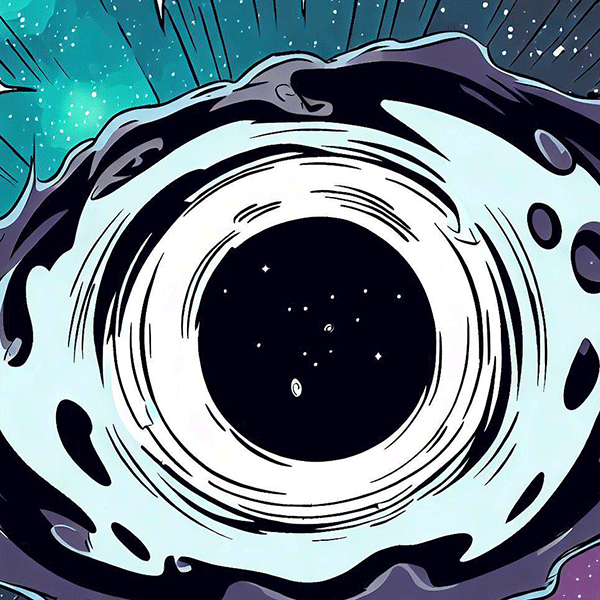What is Gravity?
Gravity is like a secret power that pulls everything towards each other. It works on everything! From teeny tiny dust particles to ginormous stars, everything has this pull. Just like how Earth’s gravity keeps us from floating into space, it also makes sure the moon stays close by and doesn’t wander off.
Here’s a fun fact: Did you know you have your own gravity? Yes, you! But don’t worry, you’re not going to start pulling things towards you. Because you’re much smaller than a planet, your gravity is super tiny.
Mass and Weight: Not the Same Thing
When we talk about gravity, we have to know the difference between mass and weight. Mass is like the amount of stuff an object has. But weight is how much gravity pulls on that stuff.
So, if you were to visit a tinier planet, you’d still be made of the same amount of stuff, so your mass would stay the same. But because the planet’s gravity is weaker, you’d weigh less. On a bigger planet, though, you’d weigh more!
Newton’s Law of Gravity: A Big Idea
A really smart guy named Sir Isaac Newton was the first person to explain how gravity works way back in 1687. He said that the pull between two objects depends on how big they are and how far apart they are. So, if objects are far away from each other, the pull is weaker. If they’re closer, the pull is stronger. Also, the bigger an object is, the stronger its pull.
Einstein’s Cool Idea About Space and Time
Many years after Newton, another clever guy named Albert Einstein had a new idea about gravity. He said that gravity is more than just a pull—it’s like a bend or curve in space and time made by stuff and energy. This helped us understand things that Newton’s idea couldn’t, like why light always moves at the same speed and how gravity can bend light.
Black Holes: Where Gravity Goes Wild
Einstein’s idea also told us about black holes. These are places in space where gravity is so strong that nothing can escape, not even light. It’s like a super powerful whirlpool that once you’re in, there’s no getting out.
Living Without Gravity: Space Life
Have you ever wondered what life would be like without gravity? Astronauts living on the International Space Station (ISS) know all about it! It sounds fun to float around and do flips in the air, but it’s not always easy.
Eating can be an adventure because food and drinks can float away. Astronauts have to chase their meals around, and often eat food from squeeze tubes. Sleeping is tricky too. Astronauts have to strap themselves down so they don’t float off while they’re dreaming.
And when astronauts come back to Earth, everything seems heavy and they have to learn how to walk again. But at least they don’t have to chase their pizza through the air anymore!
So, gravity might be invisible, but it’s a super important force that shapes our lives and the universe. It keeps us grounded, guides the movement of stars and planets, and even makes sure we don’t float away into space.
